New Zealand's internal wars

New Zealand's 19th-century wars
War shaped 19th-century New Zealand. The intertribal Musket Wars took many Maori lives. British and colonial forces later fought to open up the North Island for settlement. more...
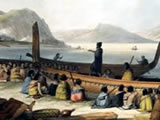
Musket Wars
Between 1818 and the early 1830s an estimated 20,000 Maori were killed in what have been described as the Musket Wars. more...
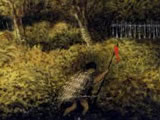
The Wairau incident
On 17 June 1843, 22 European settlers and four Maori were killed when an armed party of New Zealand Company settlers and Ngati Toa clashed over the purchase of land in the Wairau valley, south-east of Nelson. more...
War in Taranaki 1860-63
The war that broke out in Waitara in March 1860 marked the beginning of a series of conflicts that would dog Taranaki for the next 21 years more...
War in Waikato
After renewed fighting in Taranaki in early 1863, Governor George Grey turned his attention to the region he saw as the root of his problems with Māori: Waikato. more...
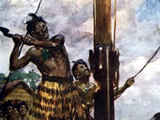
The Northern War
The Northern War was the first serious challenge to the Crown in the years after the Treaty of Waitangi. Its opening shots marked the beginning of the wider North Island conflicts often referred to as the New Zealand Wars. more...
War in Tauranga
In January 1864 the Waikato campaign moved over the Kaimai Ranges to Tauranga more...
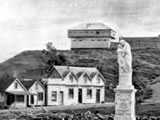
War in Whanganui
The roots of the conflict that erupted in Whanganui in the autumn and winter of 1847 went much deeper than the accidental shooting of a local Maori man more...
War in Wellington
Disagreements over the purchase of land by the New Zealand Company led to a series of skirmishes between local Maori and Government forces in the Wellington area between 1845-6 more...
Te Kooti's war
Te Kooti was one of the most significant Māori leaders of the 19th century and his influence continues to be felt in the eastern Bay of Plenty and East Coast, where his Ringatū faith remains strong more...
Tītokowaru's war
Writing in the 1980s James Belich concluded that Tītokowaru was ‘arguably the best general New Zealand has ever produced.’ more...
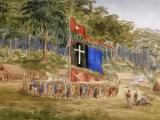
Pai Marire
This was independent Maori Christianity based on pai marire (goodness and peace). The Hauhau faith grew out of the 19th-century conflict over land in Taranaki. more...






